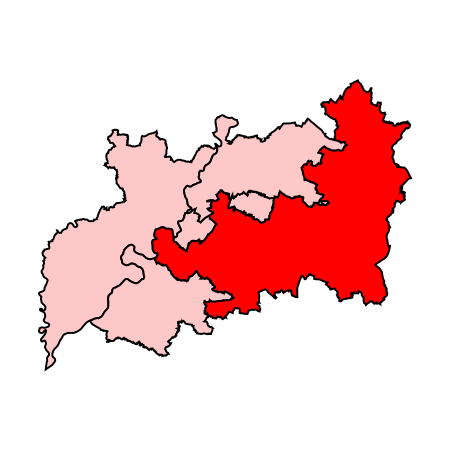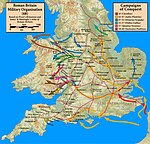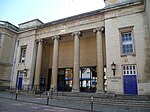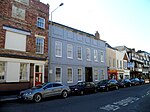North Cotswolds (UK Parliament constituency)
CotswoldsProposed constituencies of the Parliament of the United Kingdom

North Cotswolds is a proposed constituency of the House of Commons in the UK Parliament. Further to the completion of the 2023 Periodic Review of Westminster constituencies, it will first be contested at the next general election.
Excerpt from the Wikipedia article North Cotswolds (UK Parliament constituency) (License: CC BY-SA 3.0, Authors, Images).North Cotswolds (UK Parliament constituency)
Three Cocks Lane, Gloucester Kingsholm
Geographical coordinates (GPS) Address Nearby Places Show on map
Geographical coordinates (GPS)
| Latitude | Longitude |
|---|---|
| N 51.867 ° | E -2.249 ° |
Address
Three Cocks Lane
Three Cocks Lane
GL1 2PF Gloucester, Kingsholm
England, United Kingdom
Open on Google Maps










